"By not relying on color, you can appreciate simplicity, splendor and majesty"
Photographer Mostafa Nodeh gives insight and advice on shooting monochromatic photography
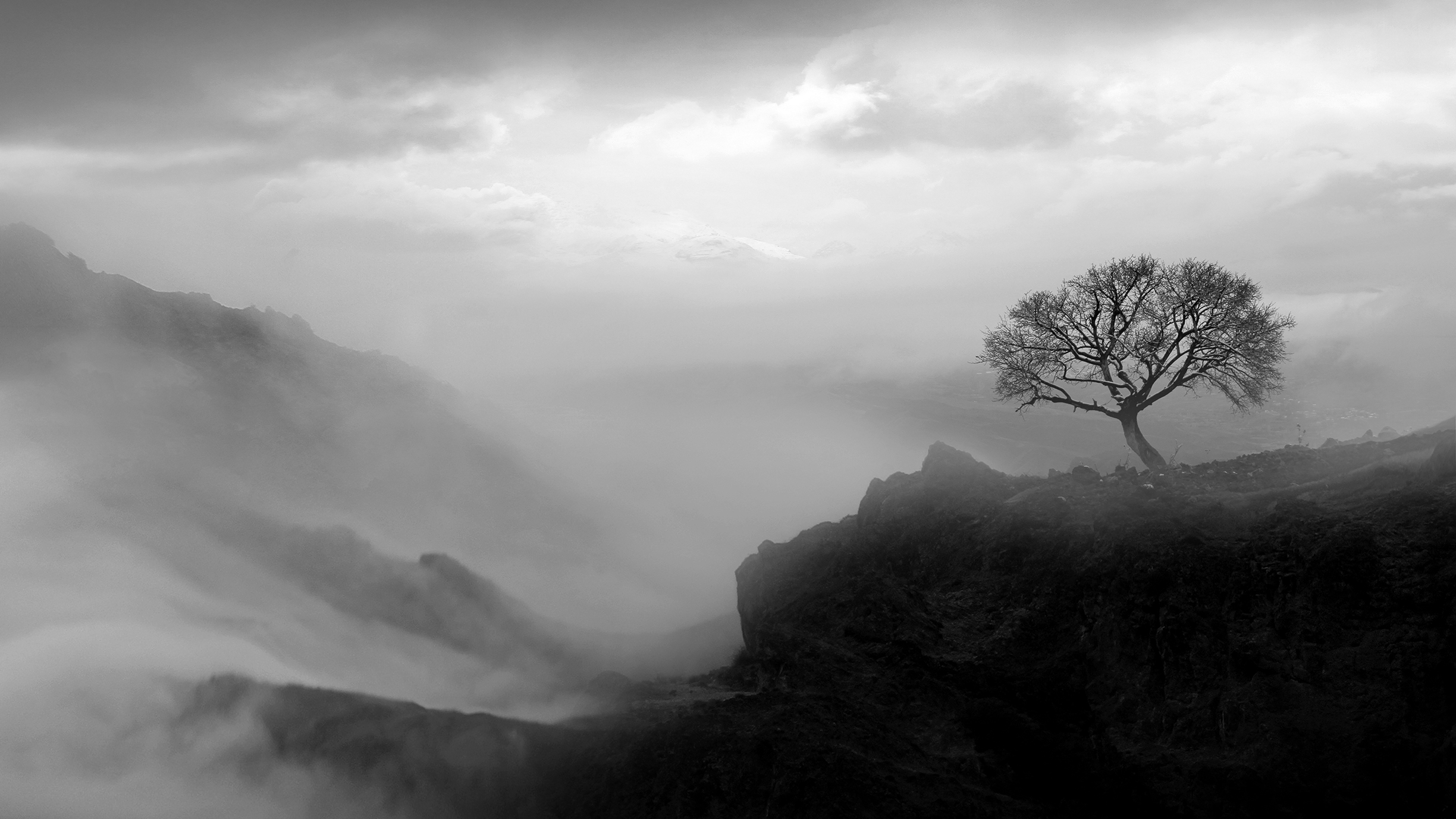
Black-and-white photography is, technically, the oldest genre in the field, dating back to the inception of early photographic technology in the 19th Century. However, despite the advances in color film processing, the practice of eliminating colors has remained popular as a style choice, offering plenty of opportunities to experiment.
With the advantages of digital cameras, particularly the advent of dedicated cameras for black-and-white photography, monochrome shooters have adapted new techniques and ways of processing images – yet working solely with greyscale tonality remains a complex task. Black-and-white photographs have a timeless quality and offer a unique perspective on reality. Being limited to shades of grey only shifts the focus to the subject, and certain characteristics in the scene become more prominent.
I had a conversation with monochrome expert, Mostafa Nodeh, about his photography. His black-and-white work is exceptional, showcasing a preference for simplicity and deliberate avoidance of distractions, thus allowing for clear and impactful messaging.
Interview
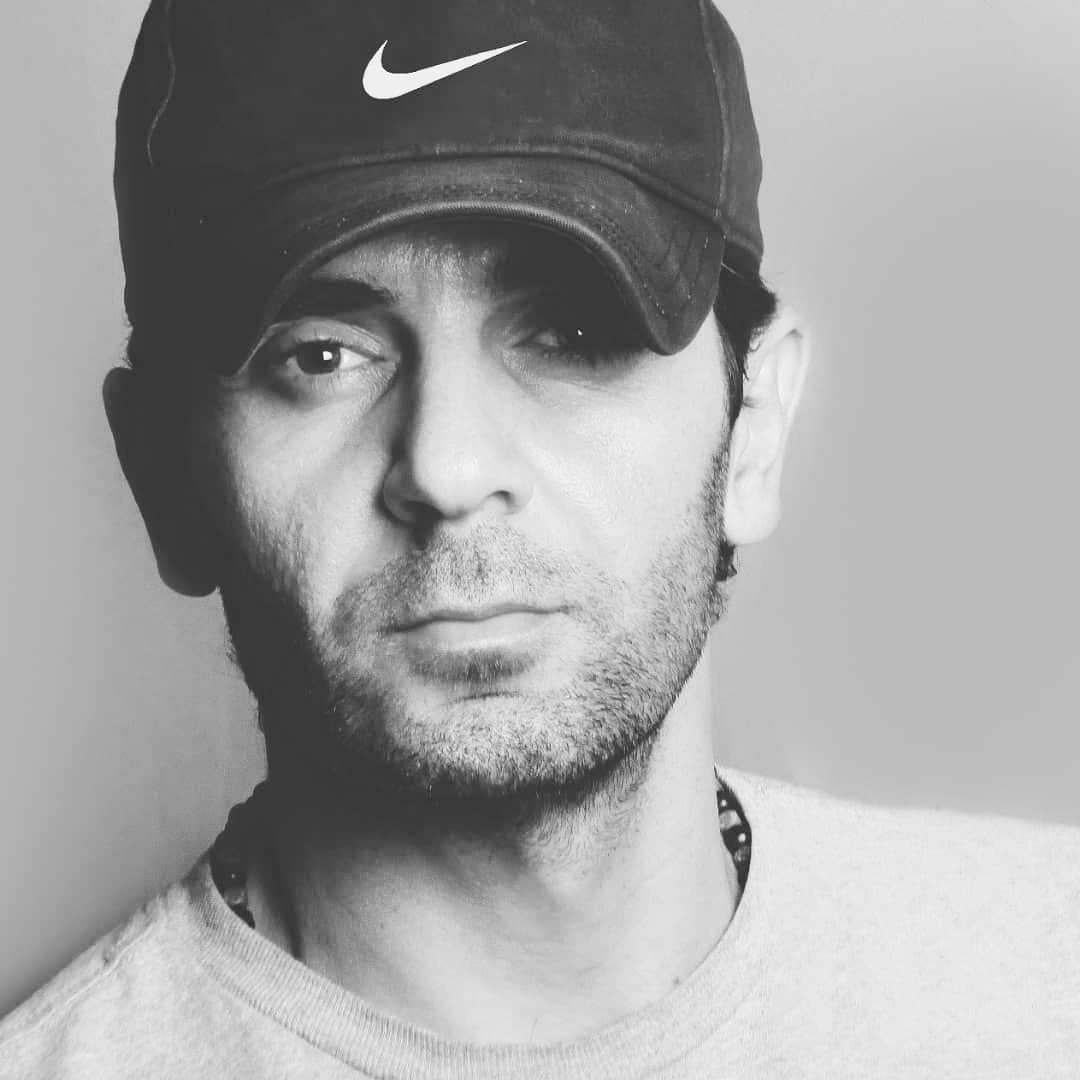
Mostafa Nodeh is a self-taught artist and photographer living in Gilan, Iran. He is known for his minimalistic black-and-white landscape photographs, which are deeply rooted in themes, ideas and symbolism inspired by concept photography. Mostafa’s photography art invites viewers to take a break from the fast pace of modern life and has been featured in various publications, attracting a large international audience.
Hey Mostafa, what fascinates you about black-and-white photography?
When we remove the color, we are compelled to explore the relationship between different image elements, which makes us discover different ways to show the subject. By doing so, we can deconstruct what the viewer expects, making it possible to define the form of expressing our subject through stronger elements of the scene.
Psychologically, different shades of grey and deep contrasts between black and white are captivating and create a connection that draws our attention to the subject. For this reason, many photographers use black-and-white to give importance to different connections in the photo and to evoke and strengthen emotions and atmosphere.
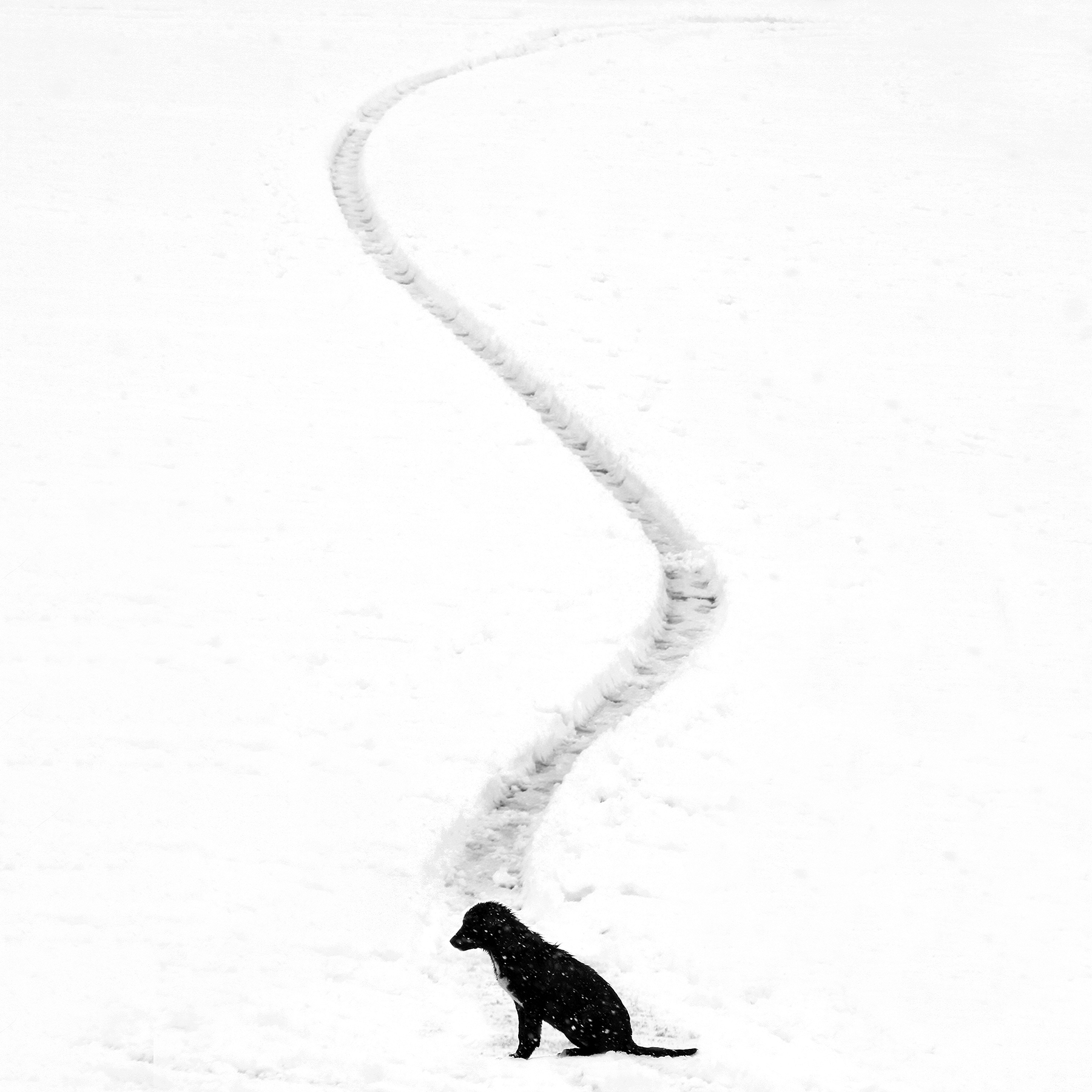
What is it that draws you to create conceptual work?
Unlike other forms of photography, such as surrealism, fine art and abstract, conceptual art photography is a style that relies on specific ideas to convey its message. This genre of photography uses all methods to communicate its intended message. The general product may resemble other forms
of photography, but the underlying idea is what defines conceptual art photography.
What are the main challenges to master?
Focusing on a subject solely is not as easy as it sounds. It requires an eye for detail and time. For example, instead of taking several photos of different subjects, first try to spend a whole day or even longer photographing one subject only. Choose a tree and explore the subject. Shoot it from a wide angle, get close with a macro lens, shoot its leaves, and shoot it with a long lens.
Also, make use of different angles of the camera, and get creative in discovering compositions; the outcomes might surprise you and can be spectacular! Sometimes, all you have to do is move your camera slightly, whereas, on the other hand, some scenes benefit from a dramatic change of view.
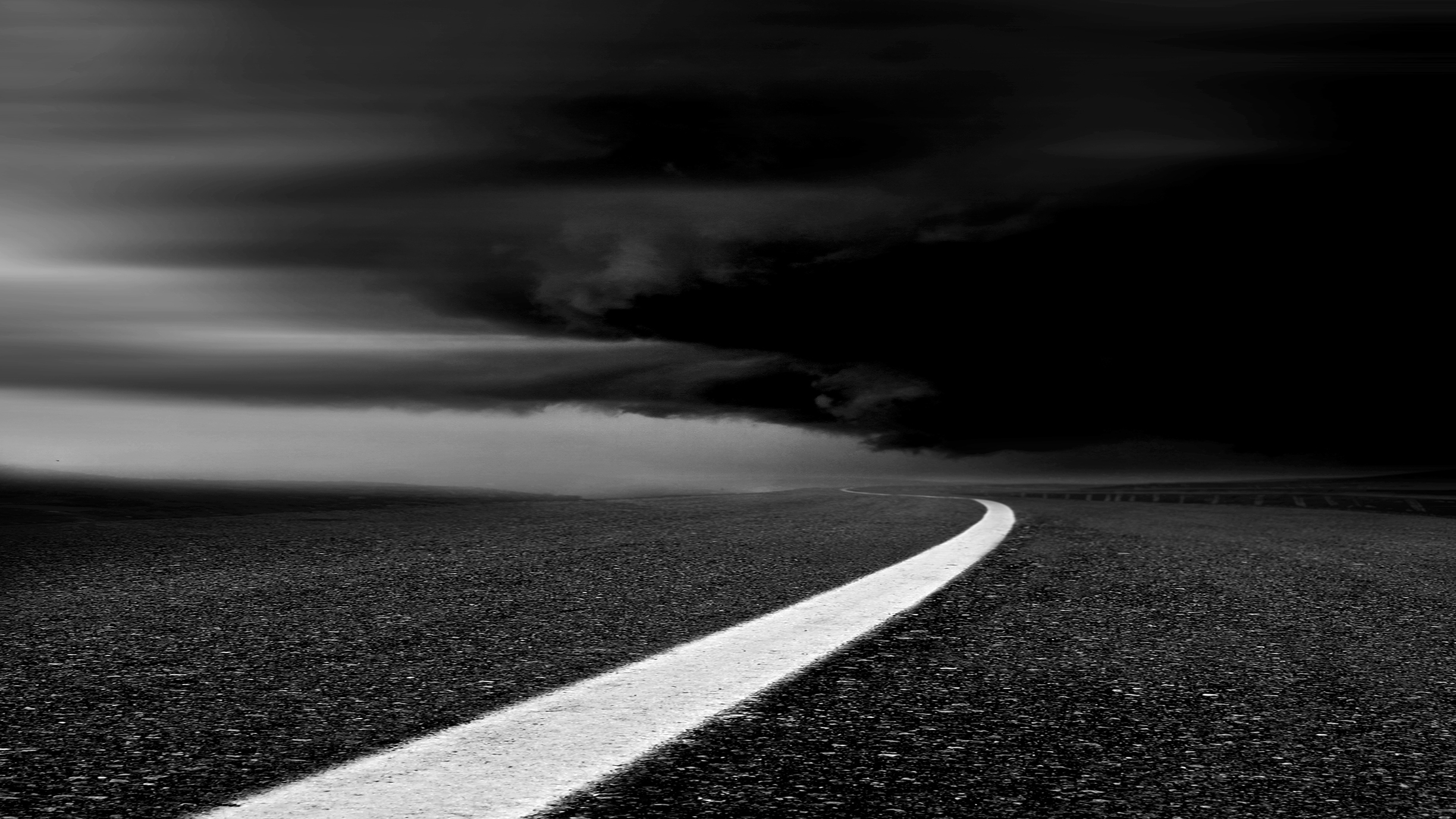
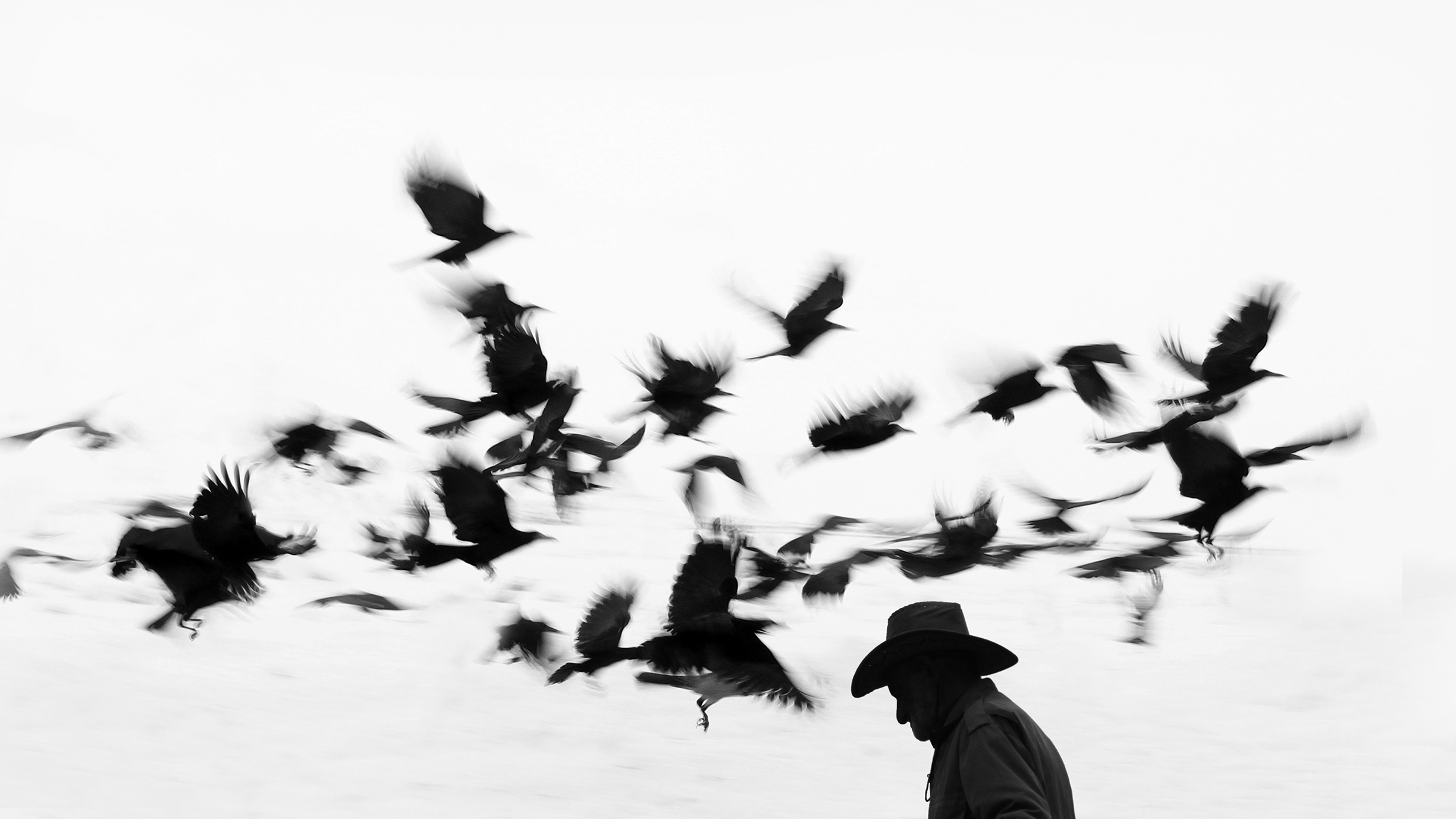
What makes a great black-and-white image stand out for you?
In my opinion, a great monochrome photo is one that honestly portrays the true beauty of the subject. It’s the same when it comes to paintings. If you remove the colors, you should be able to see the subject’s beauty. The same principle applies to photographs. By not relying on color, you can truly appreciate the simplicity, splendor and majesty of the subject.
Do you have any tips for photographers who are new to the mono field?
My advice is to never delete your photos, especially when you are in the early stages of photography. When you’ve spent some time improving the art of black-and-white photography, you can go back and analyze your older work. This will show you how far you’ve come as a photographer and give you a better idea of where you stand. You may also find that a photo you previously thought was useless or lacking in interest just needs a touch of professional editing to turn it around.

What is next for you and your work?
This month, I have a solo exhibition in a gallery in Toronto, Canada, under the management of Firouze Aghadashlou. I would like to thank Firouze Aziz for inviting me to Canada. After that, I will continue to spend my free time travelling and enjoying time in nature. I enjoy being outside and focusing on a goal and that is my photographic ambition.
This is my way to relax and escape from the real world. Landscapes in nature have always fascinated me because they are always changing. I can go back to a place and it will always be different from when I saw it last due to the time of day, year or weather conditions. I will continue to be a spectator in the great theatre of nature.

Get the best magazine for enthusiast and pro photographers delivered to your door or device with a subscription to Digital Photographer. Learn the hottest photo trends and techniques while getting essential advice on earning cash from your photography.
In addition to the best cameras for black and white photography in the digital realm, the best film cameras enable you to get truly back to basics with your mono photography.
Get the Digital Camera World Newsletter
The best camera deals, reviews, product advice, and unmissable photography news, direct to your inbox!

Kim is the Staff Writer on Digital Camera World, and formerly Technique Editor at Digital Photographer, focusing on the art and science of photography. With a Master’s degree in Photography and Media, she is driven to educate through an analytical approach, visually and technically. With her guides and tutorials, Kim seeks to uncover new facets of this time-honoured medium and foster a deeper understanding of its profound role in culture. Kim highlights topics that resonate with modern society, including women in photography and critical issues such as environmental conservation. She also discusses and reviews camera gear, giving you an overview to find the best fit for your photography journey.

